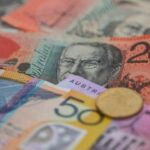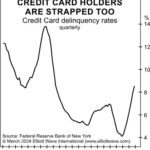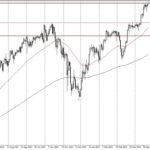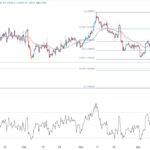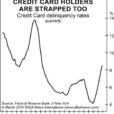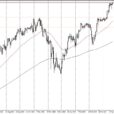
Much ado was made of China’s surprise 3% devaluation of their currency last week. But keep in mind, the yuan is pegged to the dollar, and with the dollar so strong, every major floating currency and commodity is down a lot more than that. Deflation is now a real threat. Then, there is the suddenly resolved issue of Greece’s debt (along with the worry of a domino-like fall of the entire Eurozone). Also, with earnings season drawing to a close, it is evident that both revenues and earnings are down from the same quarter last year, and yet about 70% of S&P 500 companies beat earnings expectations (albeit at a lowered bar). Overall, the lack of revenue growth combined with relatively high equity valuations (P/E multiple around 17x on the S&P 500) seems to indicate little room for stock price appreciation through rising multiples.
Yes, mixed signals abound, paralyzing investors. It can be hard to gauge which crisis is truly relevant and which is not. Nevertheless, equity valuations are not irrationally exuberant and given that stocks tend to price expectations for six months out, there is optimism that GDP and revenue growth will accelerate in the coming quarters. Moreover, where else are you going to invest your liquid assets? So, equities are neither selling off nor breaking out, and thus we continue to plod along with this historically lengthy consolidation period.
In this weekly update, I give my view of the current market environment, offer a technical analysis of the S&P 500 chart, review our weekly fundamentals-based SectorCast rankings of the ten U.S. business sectors, and then offer up some actionable trading ideas, including a sector rotation strategy using ETFs and an enhanced version using top-ranked stocks from the top-ranked sectors.
Market overview:
As the world’s largest manufacturing nation, China consumes and stockpiles commodities of all sorts, so the threat of a slowing of its growth has hurt commodity prices, which were already falling due to the stronger dollar. China has long pegged its currency to the dollar, which was fine while the dollar was weak, but in this new strong-dollar era, The China Miracle of hyper-growth was suddenly threatened, and thus they felt the need to manually do what the market cannot. For comparison, over the same period (since 10/31/2014) that the yuan has fallen -3.5%, the yen is down more than -17%, the euro -16%, the Canadian dollar -16%, and the peso -20%.
No, despite what the doomsayers would have you believe, the dollar’s status as the world’s reserve currency isn’t going away anytime soon. In fact, its strength becomes self-perpetuating as it becomes even more of a magnet for plentiful global liquidity looking for both safety and stability (i.e., both return of capital and return on capital).
China, on the other hand, seems to be suspected by both the Chinese and global investors to be a house-of-cards, kept aloft by unbridled growth magically engineered by the political elite, producing massive amounts of cash for the well-connected in search of safe haven investments abroad. (And there is certainly no shortage of young Chinese students driving Maserati’s while attending California colleges.) Much of this cash is flowing into U.S. Treasuries and real estate.
Witness the 10-year Treasury yield closing Friday at 2.20% and the 30-year at 2.84%. The Fed finds itself in the awkward position of desperately wanting to begin the process of normalizing the short-term fed funds rate, but risking further strengthening of the dollar (to the detriment of corporate earnings and commodity prices) and further flattening the yield curve. (Of course, the Fed holds over $2 trillion in long-dated bonds and notes from its QE programs that could be unwound if necessary to push up those longer-term yields. After all, those assets will need to be unwound eventually.)



